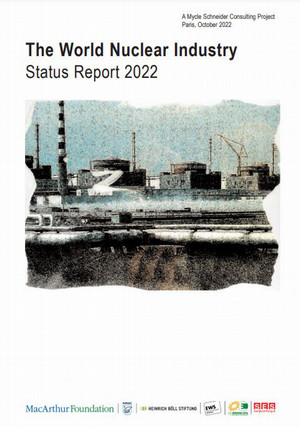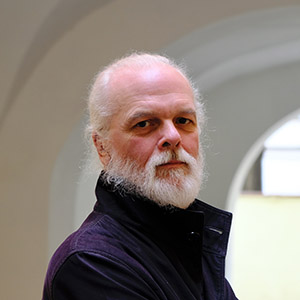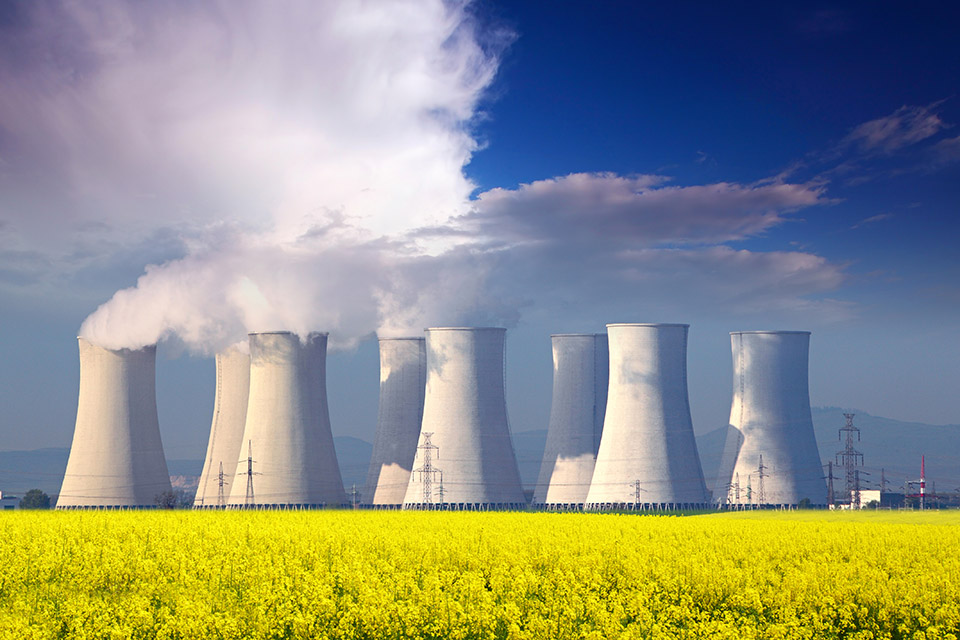Nuclear Renaissance or Technology Geriatrics? Bridging the Gap between Perception and Industrial Reality
About the Event

Even in China, nuclear expansion remains modest. In 2022, three reactors with a combined 2.2 GW of capacity came online compared to 125 GW of wind and solar. Nuclear power is irrelevant in the global market place for electricity generating technologies. In the meantime, the existing nuclear fleets are aging—US reactors average 42 years on the grid—and are struggling in many countries with unplanned or excessively long outages for inspections, maintenance, and repairs. The largest nuclear operator in the world, French state-owned utility EDF, carries a net debt load of US$70 billion. Its nuclear fleet’s annual load factor—equivalent hours at full nominal capacity—dropped to 52 percent in 2022. The best performing Scottish wind farm averaged 54 percent over the past five years. While the impression is that of a blooming sector, the nuclear industry is struggling in all areas, especially with its fierce renewable energy competitors.
World Nuclear Industry Status Report (WNISR)
About the Speaker
 ©Nina Schneider
©Nina Schneider
Mycle Schneider works as independent international analyst on energy and nuclear policy and is the Coordinator and Publisher of the annual World Nuclear Industry Status Report. He is a Founding Board Member and Spokesperson of the International Energy Advisory Council (IEAC), USA, and a Founding Member of the International Nuclear Risk Assessment Group (INRAG), Vienna. In July 2018, he was appointed to the International Nuclear Security Forum (INSF), hosted by the Stimson Center, Washington D.C. Since 2007, he has been a member of the International Panel on Fissile Materials (IPFM), based at Princeton University, USA. In 2013, he initiated the Seoul International Energy Advisory Council (SIEAC) advising the Seoul Metropolitan Government, South Korea, and acted as its coordinator until 2019. Between February 2010 and June 2011, he was a Lead Consultant for the Asia Clean Energy Policy Exchange, implemented by IRG, funded by USAID, with the focus of developing a policy framework to boost energy efficiency and renewable energies in six Asian countries.
